Police original archive with Cinderella inspired soundscape. 1.49 min .
Welcome to Porta Maggiore, where the bustling streets transform into a stage for the unfolding narratives of time itself.
In a decadent neo-liberal city where nothing functions on time. Cops are the clocks.
Here, amidst the ticking, the guardians of order seek to maintain the rhythm of the city’s time cycle.
Meanwhile, those who dwell on the fringes find themselves entangled in the web of time’s enchantments, particularly in the mystical enclave of Porta Maggiore, where the eccentric vitality of trash manifests in vibrant cycles.
What was once a symbol of hope and dreams, the market, reuse values and commodification of trash, becomes a crime scene under mysterious circumstances, as if time itself rebels against its captors.
The local timekeepers, with their unwavering dedication to order and precision, suspect every abject and wanderer in town, especially those who disrupt the harmonious flow of trash towards the dumpster and rejection.
The videos are self depictions of the epic battle between the clock masters, The local police, and modern times luddites, the cartoneros.
In a classical portrayal of heroes and villains no one is allowed to alter the natural course of time, and no enchantments can change the inevitable passage of time.
Street vendors are not innocent victims but instead portrayed as complex characters with hidden motives who become the prime suspects and people to blame for any problem in town.
led by a no-nonsense chiefs, plastic heroes, and suspect any lumpen in town, especially the “colorful one” as they like to say.
No-one is allowed to change the status of trash and no Cinderellas can enchant commodities with lost values.
Trash is trash, says the cop. Trash is trash, says the clock.
Every day any stubborn object or person is sanctioned and reconducted to the realm of object and abject.
Every day, Any paragraph, any part of this text, any stubborn attempt to alter the time cycle is met with sanctions and reminders of the immutable nature of time.
Cops are heroes. Trash is trash.
The glass shoe, once a symbol of a magical encounter and the fetich of commodification, becomes a key piece of evidence in the investigation.
Watching those videos a mix of a crime thriller and a fantasy adventure, without unexpected twists and turns. Ultimately, the tale explores themes of justice, redemption, and the consequences of living in a world where magic clashes with the modern legal system.
However in Rome everyday is the same day and no space for enchantment nor for commodification. the truth is revealed, no space to challenge preconceived notions about trash, Cinderells nor to unexpected conclusion
Truth is truth. Trash is trash. Racism is racism.





What time does the enchantment end? Everyday you can wait and ask yourself once they arrive.
March-April 2024; Same question, multiple days “Scusi, Che ore Sono” by ATI_ Matteo Locci, Basak Tuna, Emanuele Caporrella, Natalia Agati, Panagiotis Samsarelos, Maria Rocco, Francesco Restuccia


0 comentarios